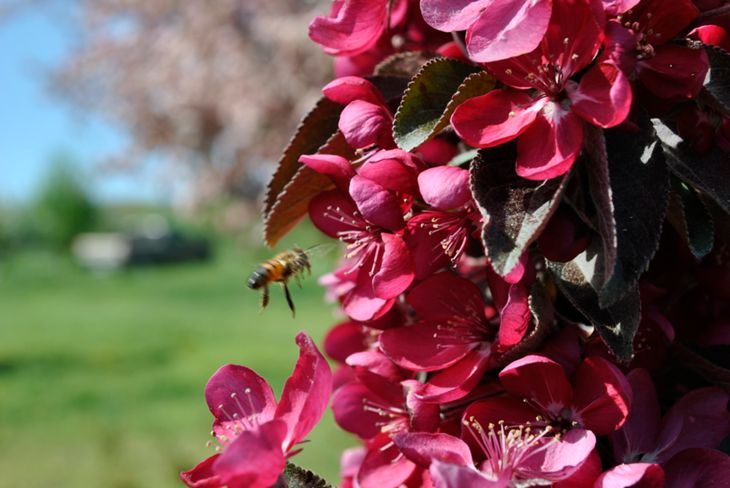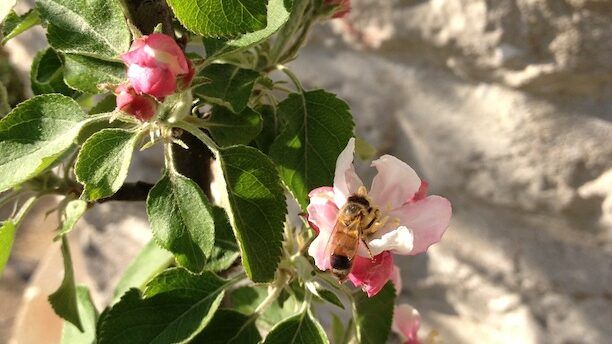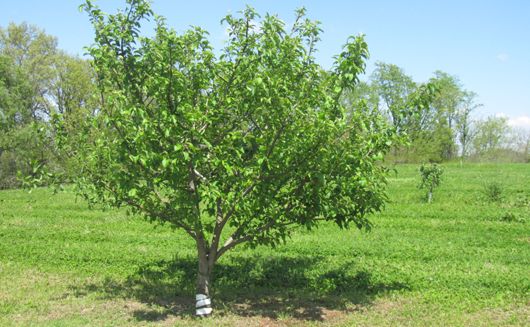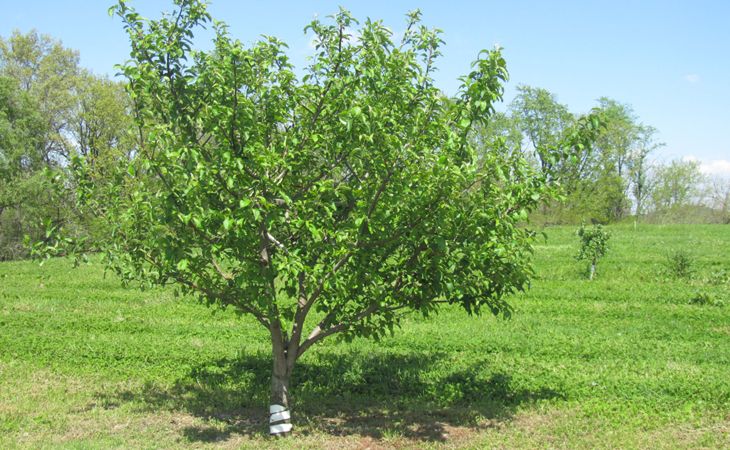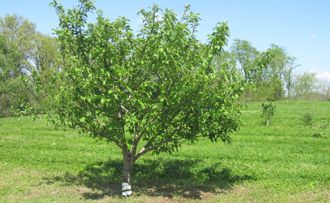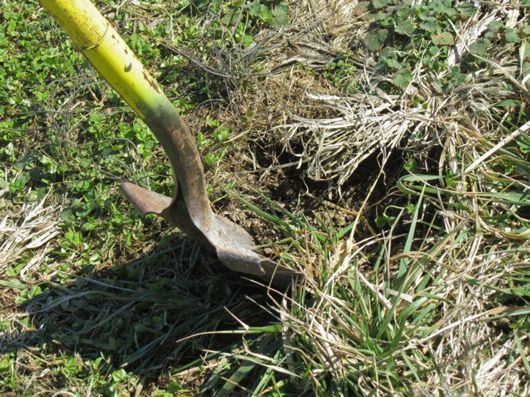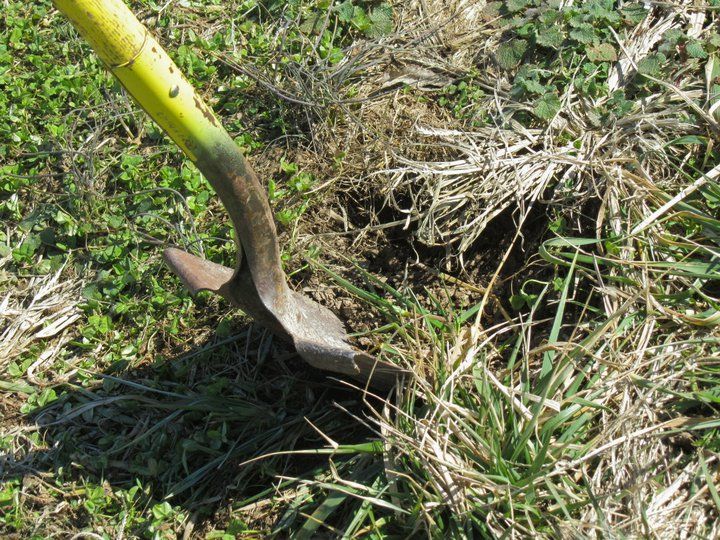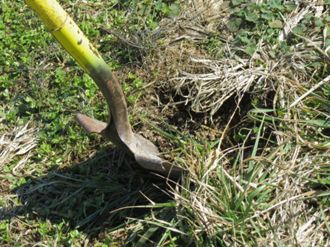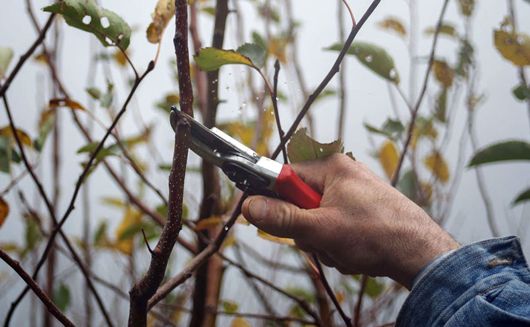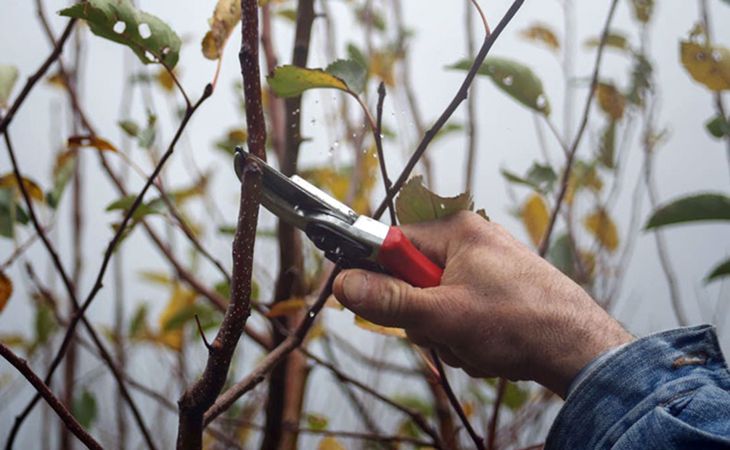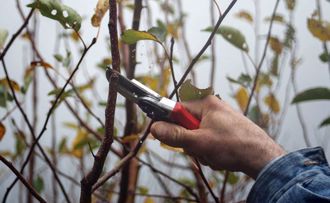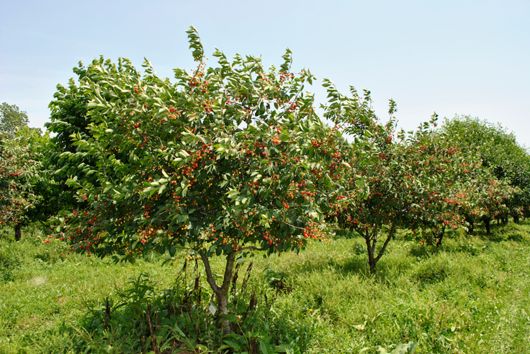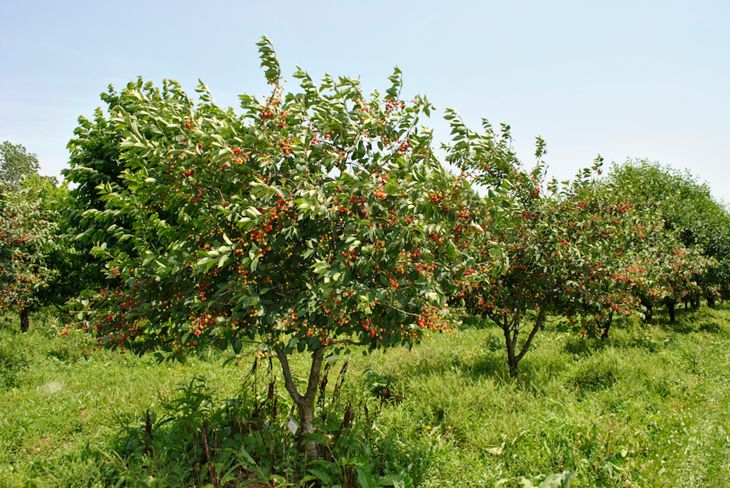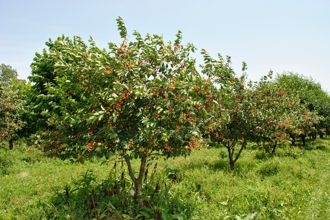The Importance of Fruit Tree Pollination
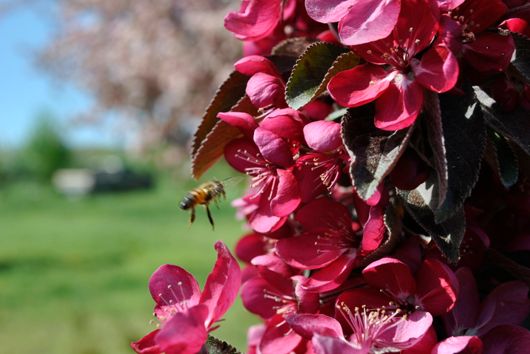
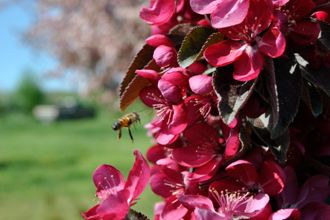
How important is proper fruit tree pollination? Without pollination, fruit will not develop. Here are our recommendations for ensuring proper pollination.
"Let me tell you about the birds and the bees and the flowers and the trees" — that tune would date some of us who were teens in the 60's.
When you think about it, there have been a staggering number of important advances over the last 100 years in travel, appliances and communication. The field of gardening and growing has also seen some significant advances in our increasing knowledge and understanding of plants. Although there are varieties of fruit trees that were grown and named hundreds of years ago, there was still a great lack of understanding. If we knew then what we know now, we would be much further down the road of fruit production.
One of these significant developments has been learning more about today's topic — the importance of fruit tree pollination.
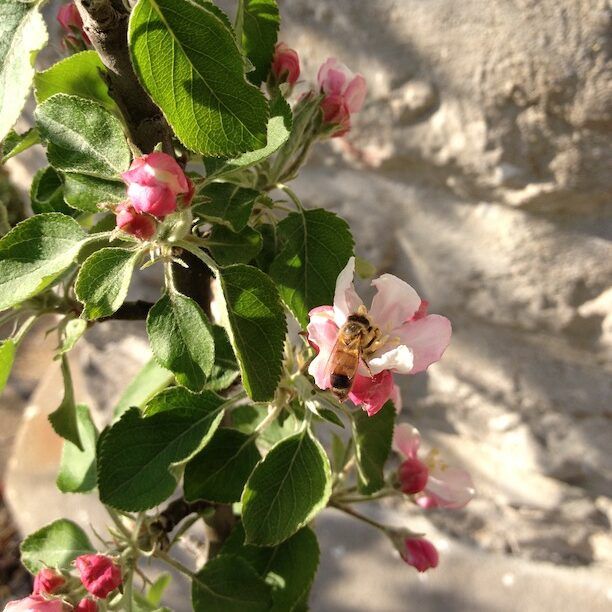
What is 'Fruit Tree Pollination'?
Fruit tree pollination equates to sexual reproduction and fruit development. Without pollination, fruit trees would not bear fruit. After pollination, the pollen germinates once it's transferred from the stamen (male) to the pistil (female). This results in fertilization*, and the seed develops. Bees play a huge role in the process!
*not to be confused with fertilizers, which add elements to the soil.
Fruit trees fit into the following categories
- Self-Pollinating — trees that do not need another to complete the pollination process. Most apricots, nectarines, peaches and sour cherries are typical examples of self-pollinating trees.
- Requiring a Pollinator — trees that need to be pollinated by another variety of tree. Most apples, pears, plums and sweet cherries are typical examples of this type of tree.
It's also good to know that, while some trees are self-pollinating, they might have greater success when they are cross-pollinated with another. For optimal results from fruit tree pollination, I recommend setting up a pollinating scheme.
Some pollination guidance
- Plant at least two compatible-pollen varieties within 100 feet of one another. Pollination will still occur if trees are planted closer together, and may even occur between trees planted farther apart than this, but, for ideal pollination, up to 100 foot distance between trees is good to aim for.
- Make sure you plant varieties that bloom in the same season. Our fruit trees page lists a few of the most recommended pollinators for each specific variety, while keeping in mind bloom times, so that choosing a pollinator for the variety you're interested in is an easy task.
- The key to proper fruit tree pollination is timing. Any early-season variety will pollinate another early-season variety, and the same holds true for mid- and late-season varieties. On average, the bloom time for most compatible trees will overlap enough for pollination, but, if you're only planting 2 trees, it’s best to plant trees that will bloom at the same time.
One more thing to note when dealing with the pollination of fruit trees, particularly apple trees, is the difference between diploids and triploids. Most apple varieties are diploids (two sets of chromosomes).
There are several other important factors that go into successful fruit-tree growing, and none of them are really hard to understand. We could discuss proper light, location, pruning, spraying, and many other aspects essential to fruit growing; however, without fruit tree pollination, they're all secondary discussions! So make sure your trees and plants are properly pollinated to ensure successful fruit-growing.
— Elmer Kidd, Stark Bro's Chief Production Officer (retired)
Learn More About Fruit Tree Care
Grow Your Own Fruit Trees
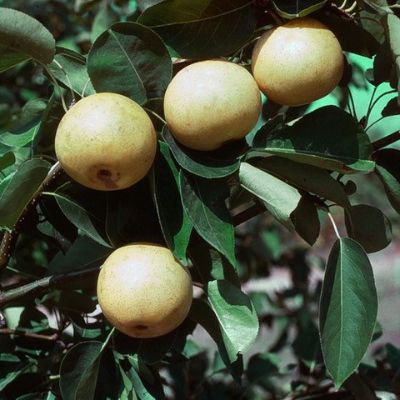 On Sale
20th Century Asian Pear
Starting at $29.99
On Sale
20th Century Asian Pear
Starting at $29.99
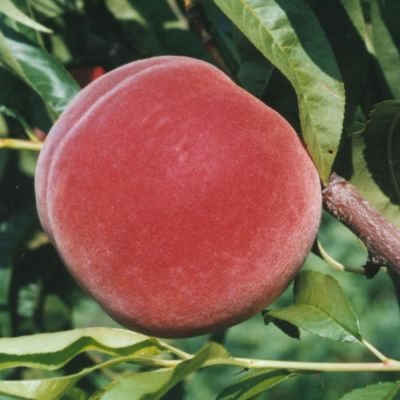 On Sale
Allstar® Peach
Starting at $45.99
On Sale
Allstar® Peach
Starting at $45.99
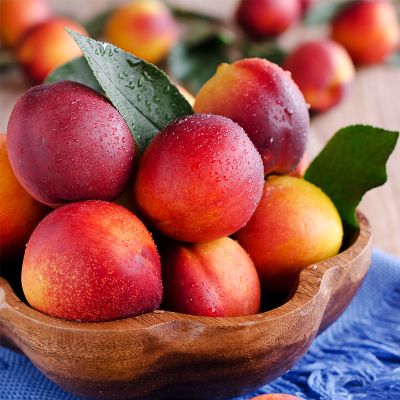 Amoore Sweet Nectarine
$115.99
Amoore Sweet Nectarine
$115.99
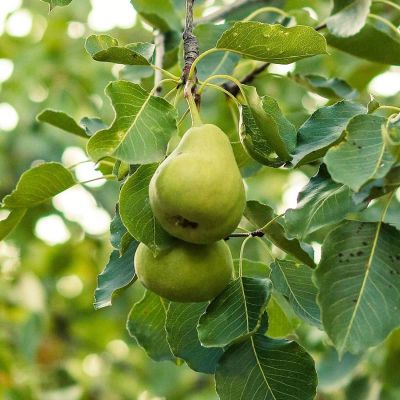 On Sale
Anjou Pear
Starting at $45.99
On Sale
Anjou Pear
Starting at $45.99
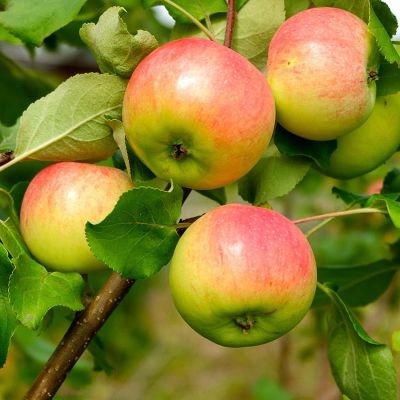 New
Anna Apple
$74.99
New
Anna Apple
$74.99
 On Sale
Apple Babe Genetic Dwarf Apple
$45.99
On Sale
Apple Babe Genetic Dwarf Apple
$45.99
 On Sale
Apples of Yesteryear Collection
$123.99
On Sale
Apples of Yesteryear Collection
$123.99
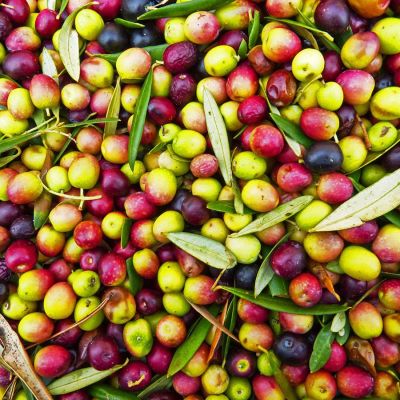 Arbequina Olive
$27.99
Arbequina Olive
$27.99
- Article Categories:
- How To Grow
- Spring Gardening

